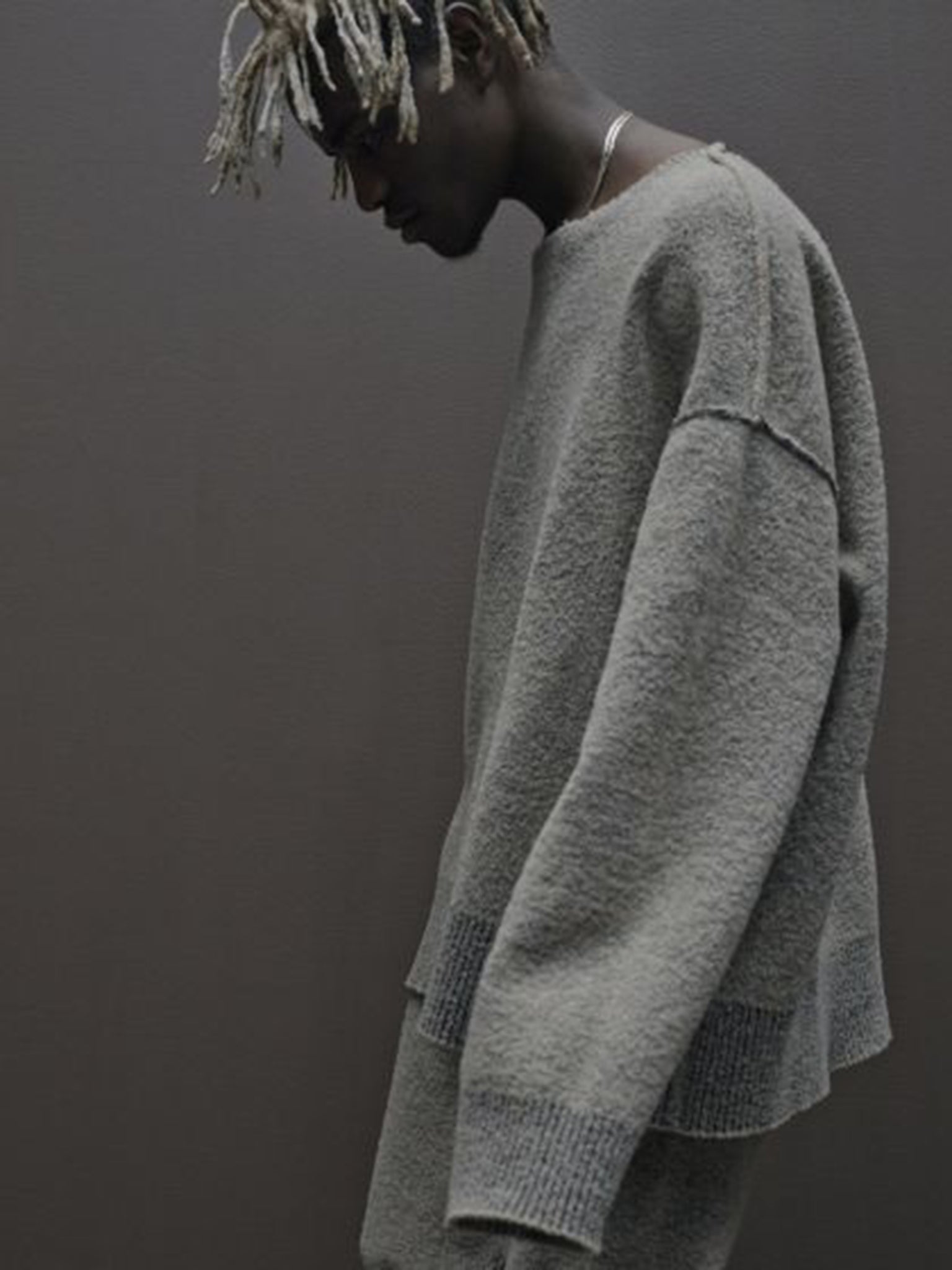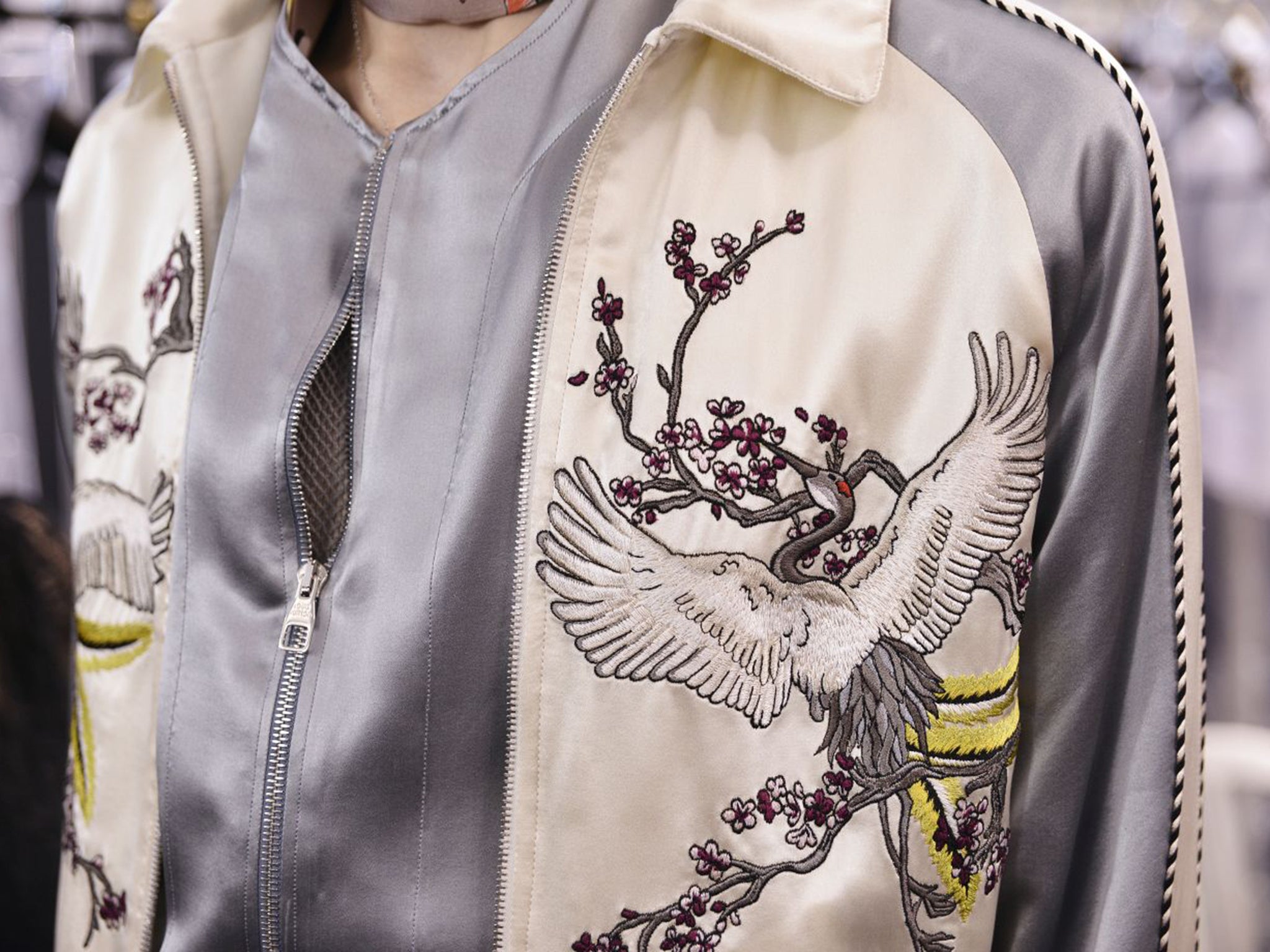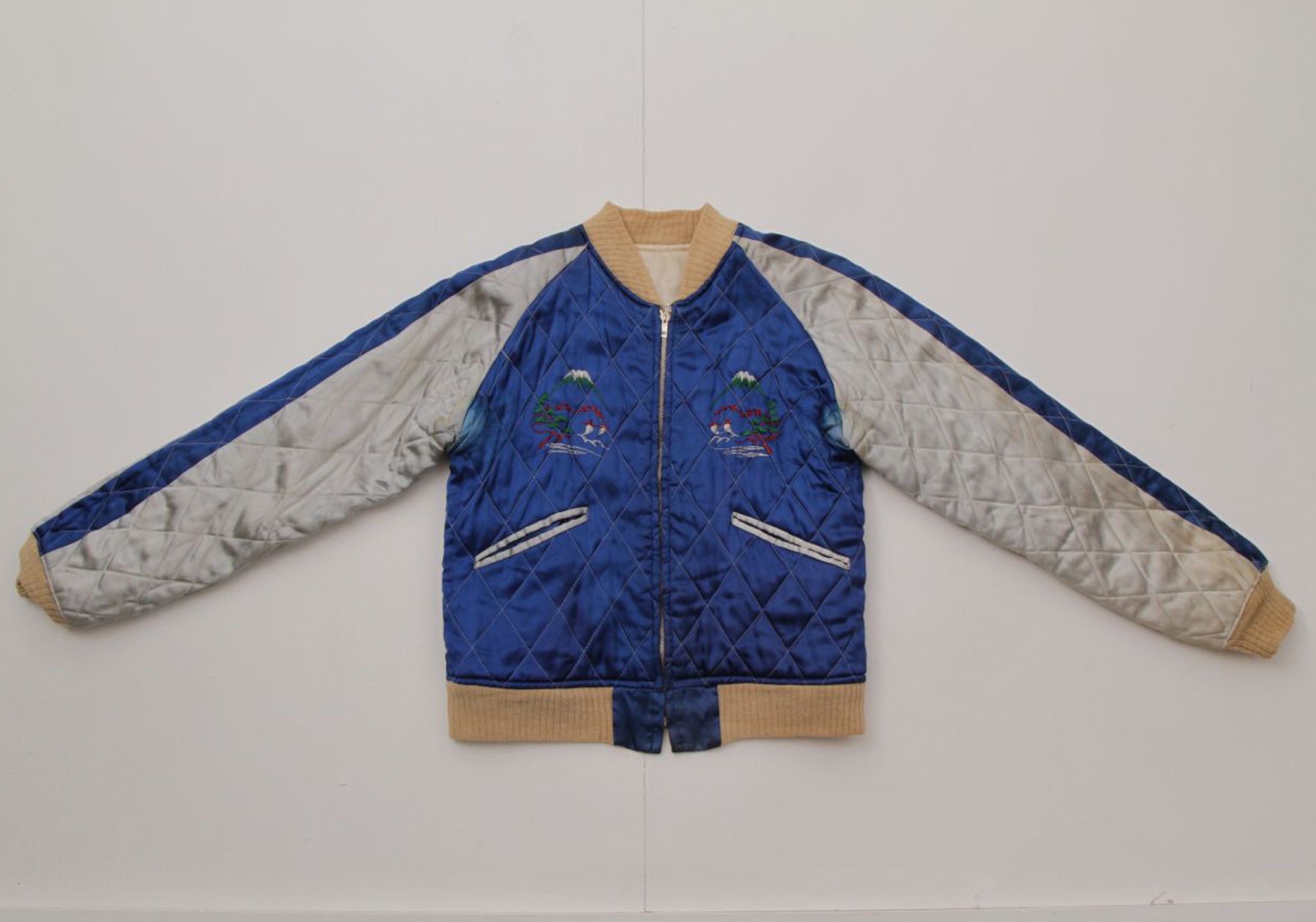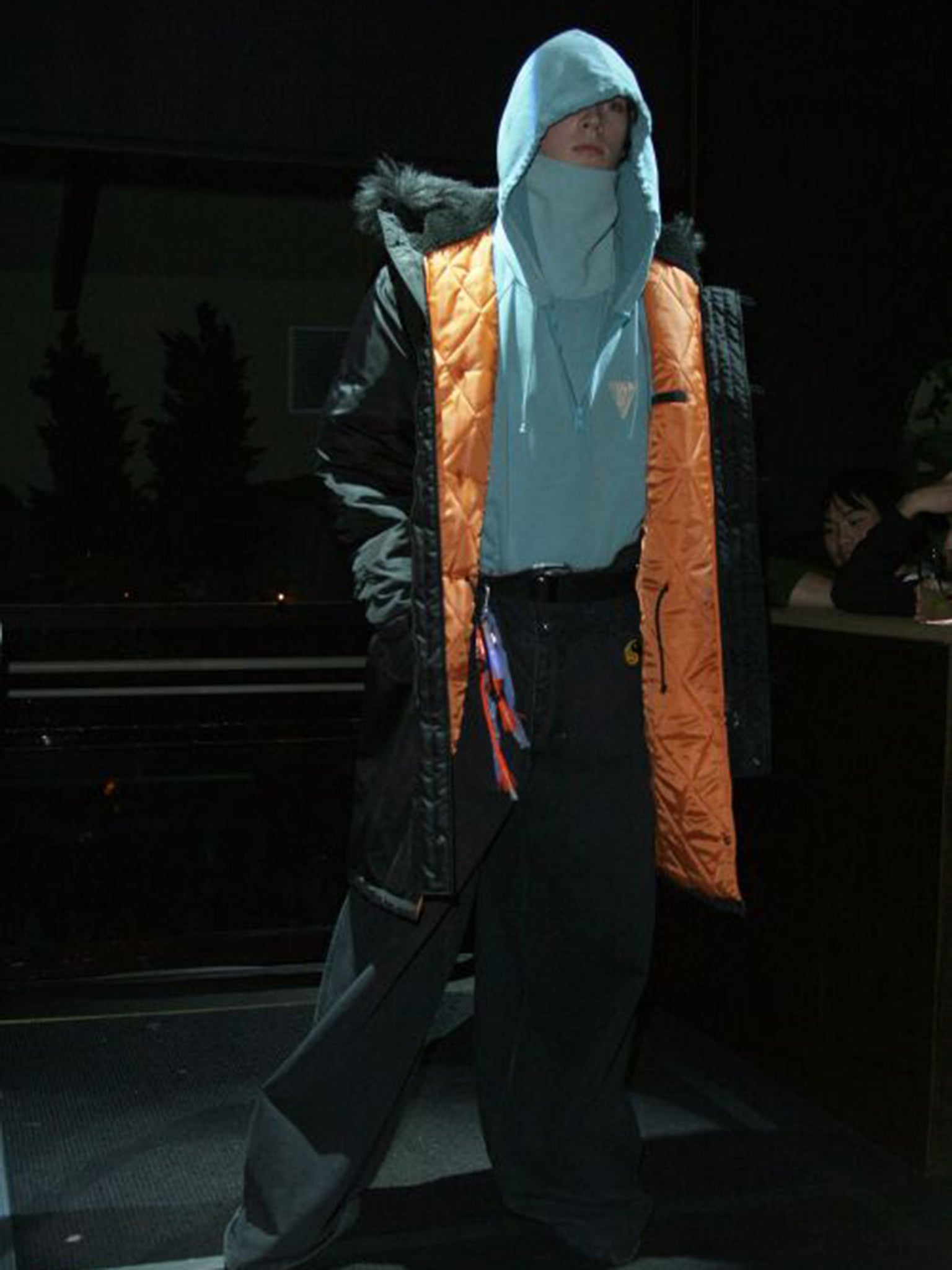Fashion's undercover experts: Searching for inspiration, designers send spies to scour vintage collections
Designers are always seeking new inspiration, so they depend on an army of vintage specialists who can research past styles, hire out antique garments and source rare books to help inspire collections

Your support helps us to tell the story
From reproductive rights to climate change to Big Tech, The Independent is on the ground when the story is developing. Whether it's investigating the financials of Elon Musk's pro-Trump PAC or producing our latest documentary, 'The A Word', which shines a light on the American women fighting for reproductive rights, we know how important it is to parse out the facts from the messaging.
At such a critical moment in US history, we need reporters on the ground. Your donation allows us to keep sending journalists to speak to both sides of the story.
The Independent is trusted by Americans across the entire political spectrum. And unlike many other quality news outlets, we choose not to lock Americans out of our reporting and analysis with paywalls. We believe quality journalism should be available to everyone, paid for by those who can afford it.
Your support makes all the difference."We joke that we're the dirty secret of the fashion world," says Doug Gunn. He is the co-founder of The Vintage Showroom, which houses army fatigues, nylon bombers, Japanese embroidered tour jackets and assorted Americana from decades past. He acts as a clothes farm for high-end designers hunting out inspiration.
How he's kept it confidential is a miracle – some 50,000 pieces of vintage clothing span his Covent Garden shop and a private warehouse in Notting Hill. But operating in secret is what his clients require. He is in the vintage sourcing business, renting out garments to high-end fashion houses. These items of clothing ultimately inform the prevailing mood or theme of a label's next collection. In rare cases, lazy designers will blatantly copy a garment, microwaving an old idea – the cut of sleeve, the drape of neckline – and serving it up as their new signature dish. In most cases, vintage sourcers are merely textile libraries for designers looking to do some research.
"We have good relationships with designers," explains Gunn. "The customers that we see regularly come down to the shop two or three times a year. We don't just sell vintage. We also do a lot of visual research for people."
These designers come to sniff out unexpected items that have a unique selling point that they can channel into a design: a print, a cut, an embroidered pattern. The samples are just as likely to be used for fabric development or wash. "[Designers] usually buy it because they have to cut it or give it to a factory for a while, but some things they just take and shoot on a model to get a sense of proportions. They even cut a pattern from it."
At 24, David Casavant may be new to the vintage sourcing game, but his New York archive of vintage Raf Simons and Helmut Lang garments has fast become a go-to for Kanye West, Rihanna and rapper Travi$ Scott. They borrow from his back catalogue for performances or appearances. However, Casavant also loans out to a few major American menswear and denim brands that show on the fashion calendar.

"Helmut's a huge draw," he tells me of his fashion clientele's leaning towards the utilitarian designer, "more just from a research standpoint because his clothes are innovative and more constructed. The way they're made is based on not necessarily being avant-garde, but being wearable." Casavant is proud of his near-complete collection of Simons and Lang, which has swelled to more than 1,000 pieces and has become increasingly scarce. He'll lend his garments on a weekly basis, charging anywhere from $40 (£26) for a t-shirt to $1,000 for a more popular entry in his inventory.
Casavant assures me these are much more reasonable prices than those of his competitors, and says this service just pays the bills. He gets a bigger kick from seeing his archive worn in performances by big musicians.
Visual stimuli is another part of the design equation. For a designer, mood boards are nine-tenths of the law. Paul Lawrence, who owns November Books in Covent Garden, is one name designers seek out if they're tracking down rare books or visuals to populate their boards. "If people have an idea of what they're looking for but they don't know exactly what material would be available, they'll often ask and I'll go away and find out what exists, whether it's been seen before by anybody else," he says. "Everybody is looking for things that are difficult to find."

The difference between a two-star collection and a five-star spectacle boils down to how abstruse the source material is. At the moment, this is manifested in Lawrence speaking to people involved in the low riders scene in East LA, which is "kind of a Mexican-American thing", for one of his 15 to 20 regular clients. Not exactly a typical task for an independent bookseller. "They're kind of curious as to why an English guy would be interested in their thing," he says, laughing. A client has specifically asked after research into subcultural style markers. Lawrence will put together a package of books and other ephemera, which the designer then buys. He charges a fixed price for the books or, if it's research, an undisclosed daily rate.
What kind of things do they ask for? "People want to know anything – street style images from the early Nineties. They may be interested in a design movement, such as Memphis, and I'll look at post-modern design from the Seventies and Eighties. They might like to know about drag troupes on the west coast of the US in the late Sixties…"
Top-tier luxury brands often employ someone in a full-time position to source inspiration. These aren't trend forecasters. They are simply inspiration hounds, paid for time their creative director doesn't have. They may do the legwork themselves, but more likely act as inspiration "managers", liaising between vintage sourcers, book shops and the designer.
When you're trying to keep up on fashion's proverbial treadmill, there is no time to absorb ideas. "The pace is breakneck," Lawrence says, ruefully. "People don't always have time to digest and understand what they're working with or why they're doing something. They're a commercial fashion business. They have to show at least two times a year. They have to produce 50, 60, 70 looks. This doesn't give you much time for reflection. Even the people who are very good can suffer from this."

Luxury fashion is fuelled by exclusivity, so those creating it need to be experts at hiding their sources. Especially when those sources are abused. Some of these inspiration sourcers roll their eyes at the industry's flirtation with plagiarism. "A lot of people have been very literal in their interpretation of the clothes," Casavant says. "They see that Helmut jacket or the Helmut trousers and think, 'Wow, people want to wear those now. We can pretty much remake them but update it so that our clientele would be more drawn to it'."
"The last few seasons we got a collection of grizzly motorcycle jackets which were a kind of North American biker jacket in leather and sheepskin," explains Gunn. "That's a good example of a piece that has been quite literally taken from a vintage garment and different houses have put their own take on it."
A quick Google of "Grizzly Motorcycle Jacket" reveals Alexander Wang among the top results. Is there an element of responsibility involved when the inspiration is glaringly evident? "There is a difference between a bad fashion company taking something from a catwalk show and tweaking it and remaking it," Gunn continues. "I would say that is possibly less ethical than someone buying a vintage garment and using that as a point of inspiration. With design, you have to start somewhere; vintage is just part of the design process. We do what we do and inspire this audience but the magic comes from the designer." He hastens to add: "Well, it might be 20 per cent us and 80 per cent them."
Join our commenting forum
Join thought-provoking conversations, follow other Independent readers and see their replies
Comments